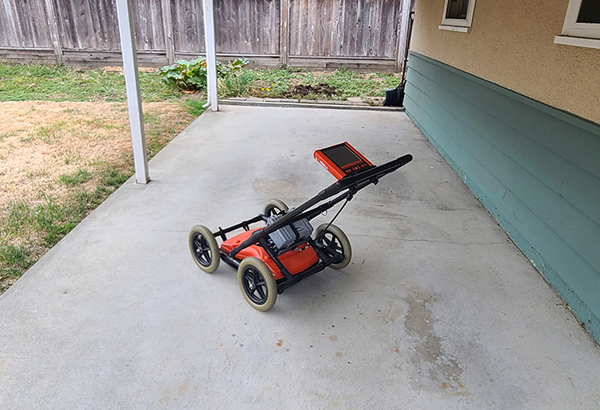 Fully Licensed and Insured
Fully Licensed and Insured Request an Oil Tank Scan
Request an Oil Tank Scan Request a Free Estimate
Request a Free Estimate

Contaminated soil remediation is critical for ensuring the environment and the surrounding organisms and biodiversity. Creative and eco-friendly alternatives have gained a positive reputation recently, as conventional methods often involve invasive procedures like soil extraction and disposal. These techniques leverage biological processes and substances to clean and restore contaminated soil by making them more sustainable and less environmentally disruptive. We will look into three primary eco-friendly soil remediation techniques—soil washing, phytoremediation, and bioremediation that aim to pave the way for a greener future.
When searching for a reliable and eco-friendly contaminated soil remediation company, you should seek a team familiar with the following methods.
Soil washing is a remediation technique that uses water or specialized solvents to cleanse polluted soil. By stirring the soil with these liquids contaminants such as heavy metals, hydrocarbons, and various organic contaminants are upheaved and separated from the soil. Once the pollutants are extracted into the wash water, the liquid is collected and treated separately to counteract or remove the contaminants. The soil washing method is highly useful in reducing pollutant concentrations in the soil, making it a feasible method for contaminated soil remediation companies to accomplish.
Phytoremediation utilizes certain plants to absorb or neutralize any pollutants present in soil. Plant species such as sunflowers, willows, and poplars have been prevented from efficiently extracting heavy metals from contaminated soil. Other plants can also metabolize and break down organic pollutants, converting them into less toxic or inert forms. A high-quality contaminated soil remediation company will often use this approach to purge the soil and refresh the local ecosystem through vegetation growth and improved soil quality.
Bioremediation is a vital strategy for handling contaminated soil. This technique employs the abilities of living organisms to decrease soil pollution and restore ecological balance. By introducing specific bacteria, fungi, and plants to the contaminated site, bioremediation encourages and benefits from their natural ability to break down pollutants into less toxic substances. This method offers an eco-friendly and sustainable alternative to traditional remediation techniques thereby minimizing the need for soil extraction and disposal. Its flexibility, cost-effectiveness, and minimal environmental impact make it an increasingly popular approach for a contaminated soil remediation company.
Two commonly used methods in bioremediation are bioaugmentation involves introducing distinct microbial strains to improve the breakdown process, and biostimulation which involves adjusting conditions to encourage the growth and activity of indigenous organisms.
Effective soil remediation is essential for environmental sustainability and general human and animal well-being. Contaminated soil can seriously impact ecosystems and biodiversity which often harms plant and animal species. By successfully remediating soil, we can mitigate the environmental risks and restore the natural balance of our ecosystems. Contaminants may leach into water sources or accumulate in crops which can enter the food chain and pose health risks to humans. By ensuring successful soil remediation, we defend the quality of our air, water, and food, ensuring a healthier and safer environment for everyone.
If you face a soil contamination issue and need professional assistance, West Coast Tank Recovery is here to help! We’re a reliable contaminated soil remediation company based in the Lower Mainland, and our team of experienced experts offers cutting-edge soil remediation solutions tailored to your specific needs. Reach out to us for a quote, and let us guide you through restoring your soil and revitalizing your land. Together, we can create a cleaner, safer future for generations to come.